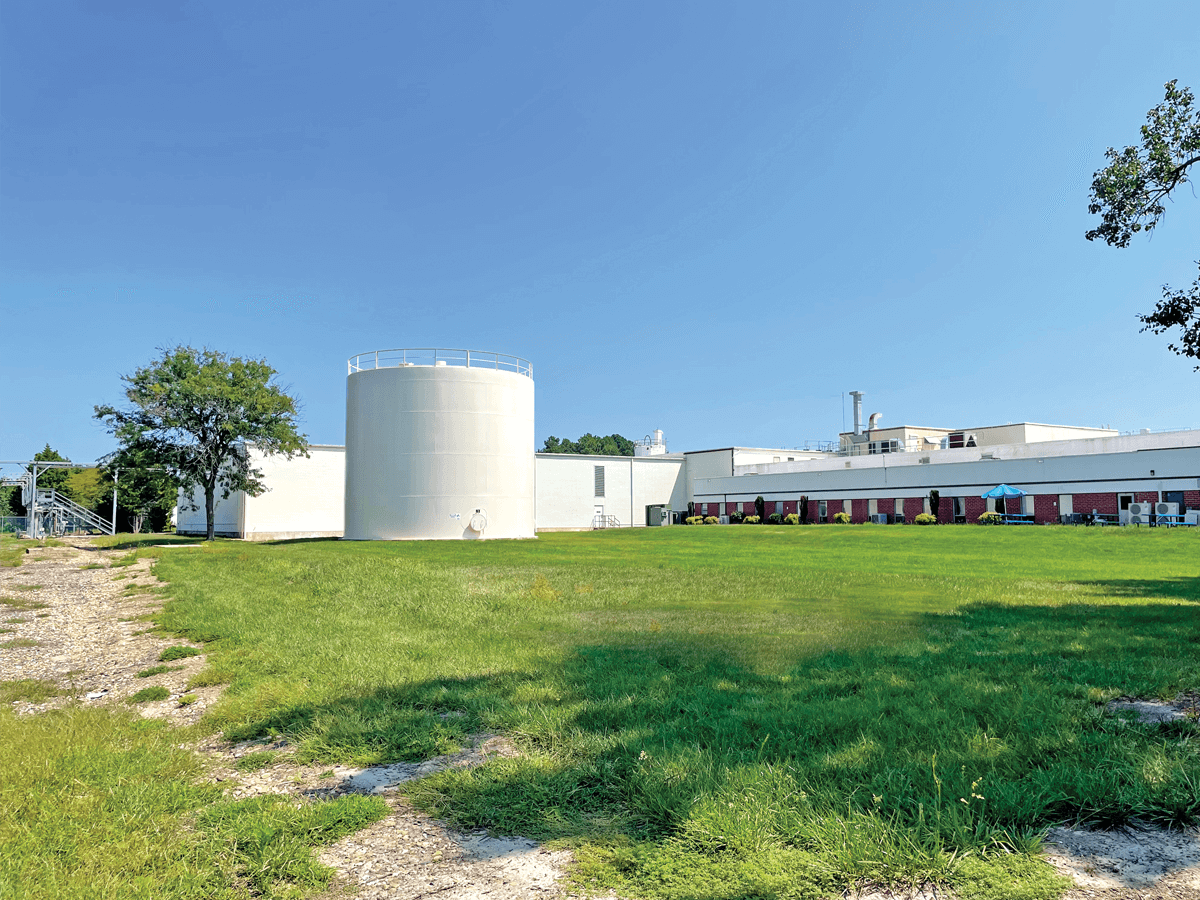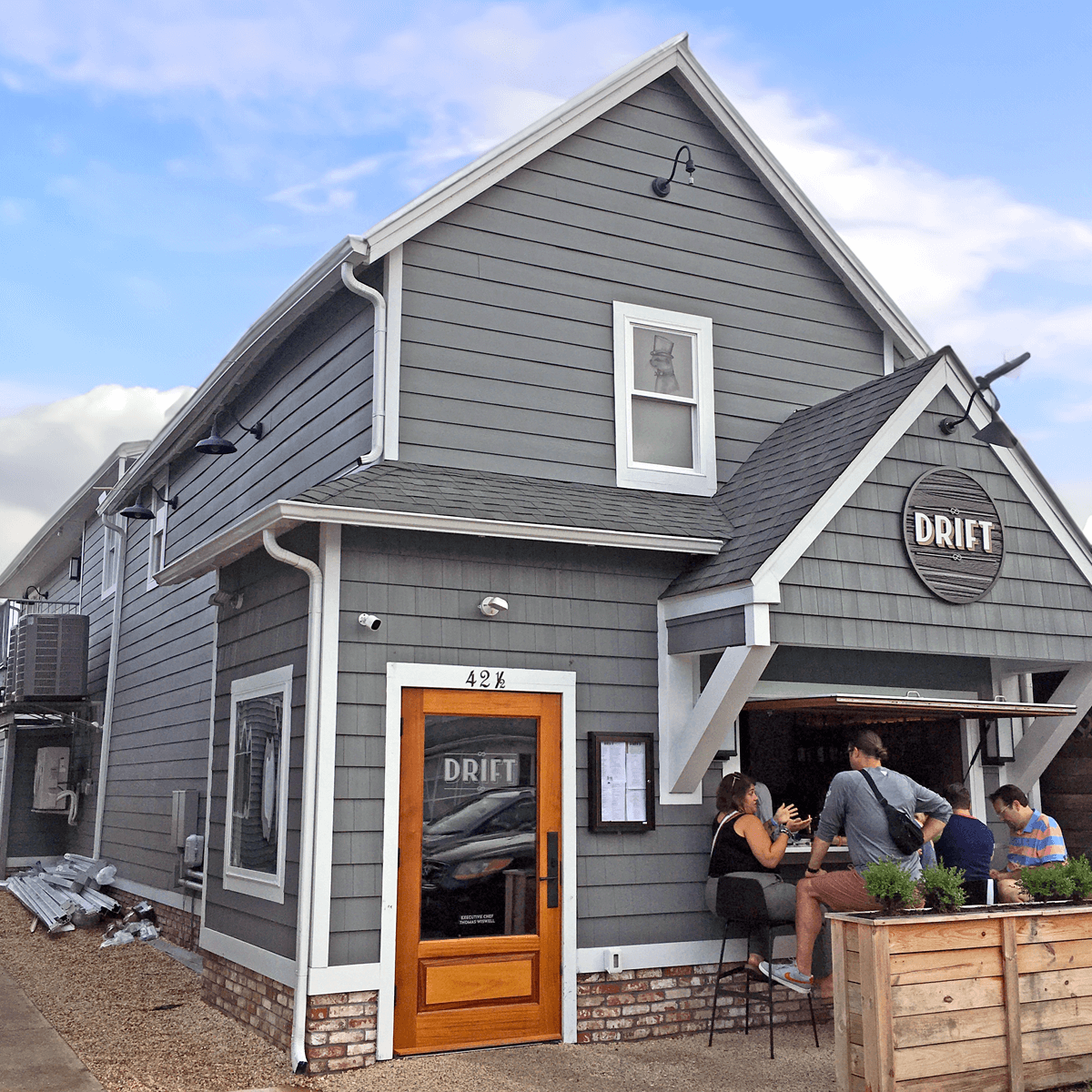Milton’s history is written in its streets — or in this case, its sidewalks. This millstone serves as a reminder of an important part of Milton’s history.
Milton was first settled by the Leni Lenape and Nanticoke Indians. In 1675, English planters began arriving, and by the early 18th century, they had established lumbering, shipping, shipbuilding and milling. Known as Osborne’s Landing, then as Head of the Broadkiln, the town was renamed Milton in 1807, and that’s when the plot thickens.
Our area is awash in “mil” towns: Milford, Millsboro, Millville and Milton. What they share is that they all had mills. Flowing water from the Mispillion River (Milford), White Creek (Millville), Indian River (Millsboro) and Broadkill River (Milton) provided power to run saws for cutting lumber and turn stones for grinding grain.
Despite Milton having had mills, and the inescapable similarity between “Milton” and “mill town,” many people believe the town was named for the British poet John Milton. There’s even a life-size statue of him along the Governor’s Walk. The town’s historical marker sidestepped the controversy by simply stating the town was “renamed Milton in 1807.”
But back to that millstone. The stone you see here (which is conveniently located near a great ice cream store) would have been part of a pair. One stone remained stationary while the other turned, grinding a grain such as wheat to create flour. This stone was repurposed and placed here by a government surveyor around 1850. So, the debate continues. What do you think: John Milton or mill town?















